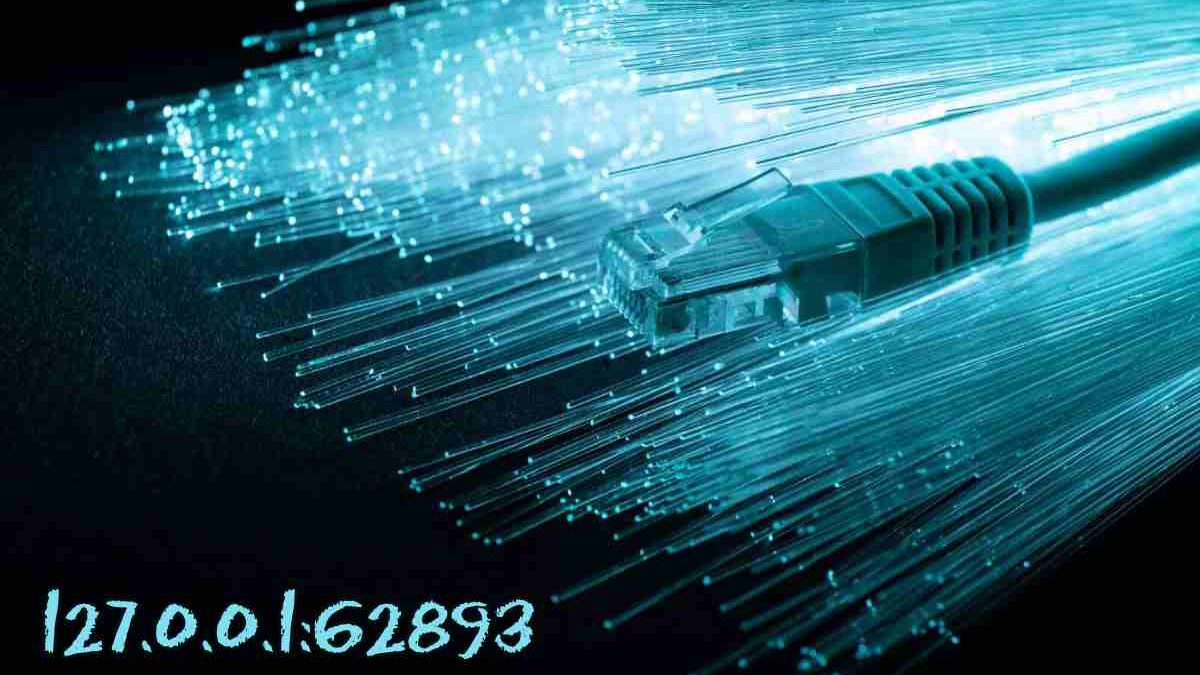Let’s discuss about 127.0.0.1:62893 and understand its significance in the developing and testing world.
Table of Contents
What Is 127.0.0.1:62893?
127.0.0.1 is the IP address for localhost. It’s like a loopback address that routes data back to the same machine.
When a device communicates with 127.0.0.1:62893, it’s essentially talking to itself. This mechanism is crucial for tests, debugging, and local configurations that don’t require external network connections.
The 62893 part is a port number, which serves as an address within the communication channel. While common ports like 80 (HTTP) and 443 (HTTPS) are well-known, 62893 is less famous but still used by various applications.
Benefits of 127.0.0.1:62893:
Development and Testing: It’s a local go-to address for building and testing software.
Isolation: You avoid external network complexities by staying within the same machine.
Debugging: Troubleshoot issues without involving external servers.
Common Error and How to Fix It:
Error: “Connection ID Disconnected From The Target VM, Address: 127.0.0.1:62893.”
Cause: The debugger failed to attach to the target machine via this port.
Resolution:
- Confirm that the application or service is running.
- Verify that the configuration matches the port number (62893).
What’s The Difference Between Localhost And 127.0.0.1?
Localhost and 127.0.0.1 both refer to the same concept, but they have subtle differences:
Localhost:
Definition: Localhost is a hostname pointing to the current device or machine.
Usage: When you use “localhost” in a web browser or any application, it resolves to the loopback IP address (127.0.0.1).
Context: Developers often use “localhost” to test web applications on their local machine without involving external servers.
127.0.0.1:
Definition: 127.0.0.1 is the actual loopback IP address.
Usage: It’s a numeric representation of the loopback interface, allowing communication within the same device.
Context: Developers use 127.0.0.1 directly when configuring network services or debugging locally.
How Can I Troubleshoot Other Connection Issues In Development?
Troubleshooting network connectivity issues during development is essential. Here are some steps you can take:
Check Physical Connections:
Ensure that cables are securely connected.
Verify that lights on network devices (routers, switches, etc.) are lit up.
Verify IP Settings:
Confirm that your device has a valid IP address, subnet mask, gateway, and DNS server settings configured.
Use Network Troubleshooters:
In Windows, go to Settings > Network & internet > Status.
Under Change your network settings, select Network Troubleshooter.
Let it run tests to identify and fix issues.

